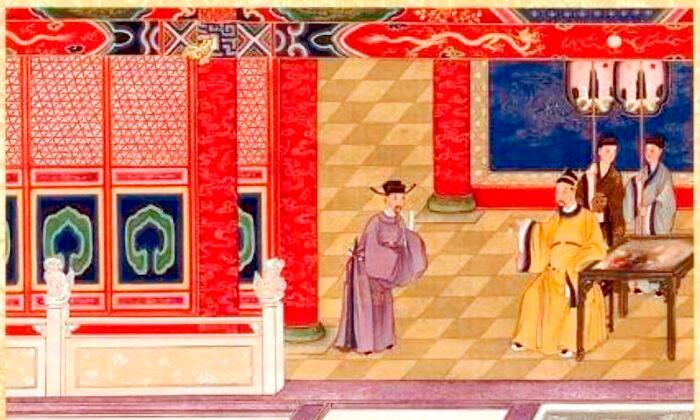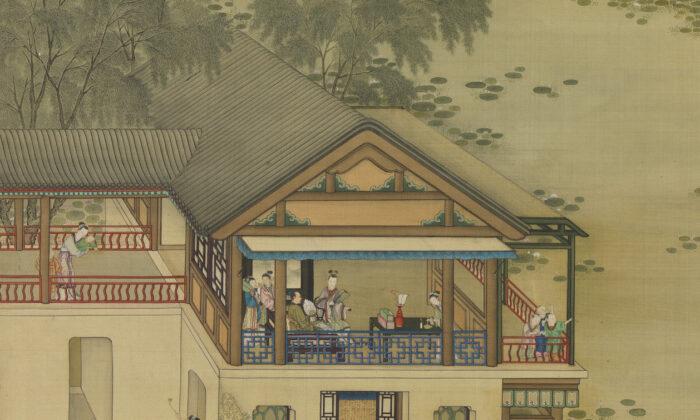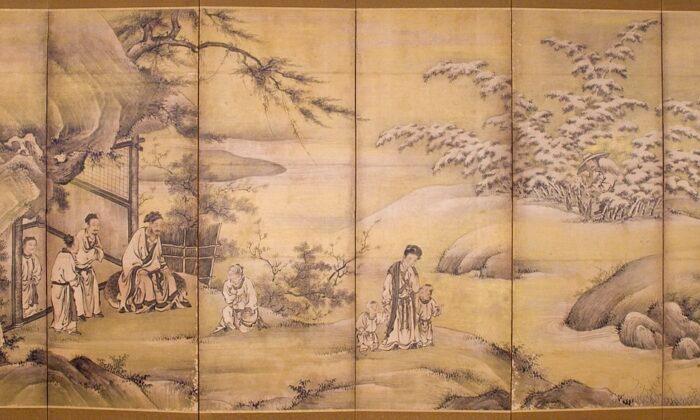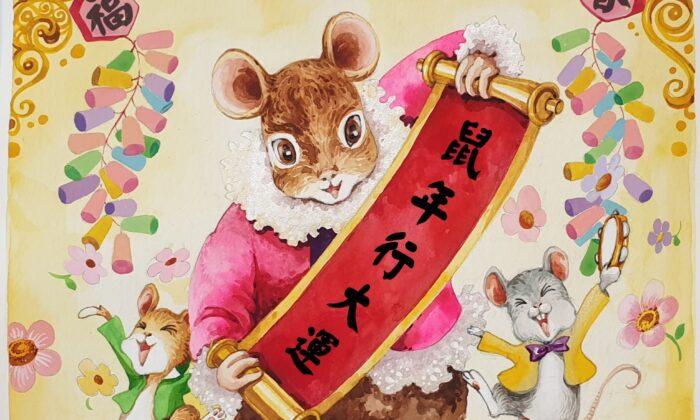The Chinese character for snake, 蛇 (shé), is made up of three components, or radicals, which together vividly depict the mysterious reptile’s physical attributes, as well as its nature, habits, and association within the animal kingdom.
The component on the left-hand side, 虫 (chóng), is the radical for insect or worm. It is typically used in characters referring to insects, worms, reptiles, and dragons.
It can be said that a snake, also called a serpent, resembles a very long worm.
The component on the top-right, 宀 (mián), is the roof radical. It expresses the solitary and clandestine nature of the snake, which is among the most secretive vertebrates and often keeps itself hidden under objects, preferring to stay out of sight.
The component on the bottom-right, 匕 (bǐ), is the radical that stands for spoon or ladle, as well as for knife or dagger. From this component, one can imagine the forked tongue and the long, slender, legless, and curled body of the slithery creeping creature, with a tick at the end representing agility.
Dual Symbolism
The character 蛇 is used in combination with many other characters to form terms and phrases related to the snake or snake-like characteristics.
The variety of combinations reflects the dual symbolism embodied by the snake, which is identified with many different qualities in Chinese culture that include both positive and negative traits.
On the positive side, the snake is one of the 12 auspicious animals of the Chinese zodiac and symbolizes intelligence, talent, wisdom, and elegance.
As the sixth animal sign of the zodiac, the snake follows the dragon, the fifth animal in the 12-year cycle.
It is said that the snake, also called “junior dragon” or “small dragon” (小龍, xiǎo lóng), was the model on which the dragon (龍, lóng) was based.
In Chinese legends, the snake was frequently referred to as a dragon. For example, ancient Chinese texts often mentioned a flying dragon called 螣 (téng) or 螣蛇 (téng shé), the latter literally meaning a “flying dragon snake.”
More Snake Terms and Idioms
The idiom 螣蛇無足而飛,鼯鼠五技而窮(téng shé wú zú ér fēi, wú shǔ wǔ jì ér qióng) compares a flying dragon that has no feet but flies, with a flying squirrel that has five talents but performs poorly.
This saying advises people that if they concentrate on their skills and abilities, they will ultimately succeed.
The idiom 蛇頭鼠眼 (shé tóu shǔ yǎn), “having a snake’s head and a rat’s eyes,” refers to being crafty, cunning, and wily.
Another idiom, 虎頭蛇尾 (hǔ tóu shé wěi), meaning “a tiger’s head, a snake’s tail,” describes having a strong start but a poor finish.
Some other terms that contain the character 蛇 include 蛇行 (shé xíng), meaning to crawl on the ground like a snake, and 水蛇腰 (shuǐ shé yāo), literally “water snake waist,” referring to a slender body with a slightly bent waist.
蛇足 (shé zú), from the idiom 畫蛇添足 (huà shé tiān zú), describes adding feet to a drawing of a snake, symbolizing something needless and superfluous. It advises people not to ruin things by going to extremes.
The idiom 打草驚蛇 (dǎ cǎo jīng shé) means “hitting the grass and startling the snake.” It advises against premature actions that will inadvertently put the opponent on guard. Rather, be prepared and wait for favorable timing before confronting the opponent.



